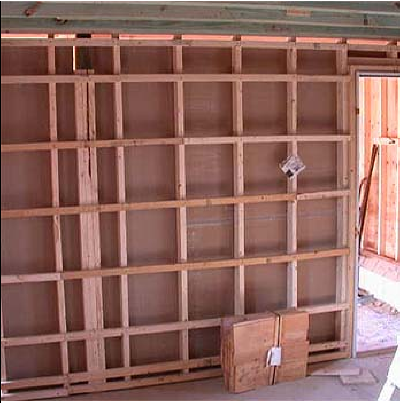The faster songs on this album go so hard. Feeling This, Violence, Stockholm Syndrome and Go absolutely rip. That first guitar riff has so much Tom Morello, the whole into could lead into any RATM song and I wouldn't even question it
Wwwbdd

That's what I mean by running some framing horizontally, put a new set of studs horizontally over top the existing studs. Thermal bridging is the ease that the cold moves through your framing. On frosty mornings you can sometimes see where the trusses are on a roof up because the cold moves more easily through the stud vs the insulation. More info on that here. You have 2 options once you install the baffles, either nail a 2x3 directly over the existing rafters to make the wall 1.5" deeper giving room for insulation + baffle, or run the new framing horizontal. Horizontal makes insulating much harder but it gives a bit of a thermal break from the interior drywall to the rafter touching the exterior roof deck.
Baffles will do it If you're willing to do the work, and based on the fact you're already ripping holes in walls, I guess you might be
Tear out the wall, baffles against the roof deck in each cavity. At the ridge you'll need ventilation for the air to escape, ridge venting or otherwise. I'd add 2x3s or 2x4s running horizontally on 16s. You could also just lay them all overtop the existing rafters but if you've gone to this point you might as well do it horizontal to avoid the thermal bridging. Laying over top is easier to insulate, up to you. Next insulate, then vapor barrier. I'd use acoustic sealant at the perimeter of your vapor barrier, it's sticky messy stuff but will help immensely with warm air leakage
For example, would something like taking the sheetrock down (see what is behind it) and possibly add some vapor barriers with a thin airgap between the roof and the conditioned space. I guess similar to firring strips?
That's pretty much it. If you're willing to go to the trouble, remove the wood soffit and replace it with vented, put in a wood fascia, tear out the ceiling from the inside, create an airspace that goes right up to the ridge and vents out the top, then rebuild the ceiling
You want it to go from outside-in: roof deck, ventilation, insulation, vapor barrier, interior finish. How much space you're willing it lose vs how much insulation and air space is up to you. Again, my experience is building in cold climates, not wet ones
Oh it's almost certainly creating issues by boarding it up, but what's the point of the structure if it can't be enjoyed properly? I'm taking this for what it is, a barn/shed and not their primary residence. It's not worth it to rebuild the whole roof. I've been a contractor for 18 years, went to school for it and did some building science so this is very much in my wheelhouse. Between the options of do nothing and have to deal with spiders/cold, or try something and keep an eye out for rot, I say go for the latter
Not sure how cold it gets where you are and how much heat you're adding in, but I'm guessing the reason for the mesh instead of fascia is to give some ventilation to the roof
Honestly it probably doesn't matter if you close it up, sacrifice a little rot and ice buildup for your comfort, you said yourself this is just some barn structure, you're not going to wreck it overnight
I'm in Canada, up here we like ventilation in our attic spaces to take away the condensation as warm humid air from inside cools where it meets cold outside air, so you'd normally want a vented soffit with a nice air path leading out the top of your roof, minimizes ice buildup.
For this, you have vaulted ceilings and it looks like basically no space for insulation+ventilation between the inside ceilings and the roof deck, so without knowing your climate or how things are built there I'm betting they saw moisture building up in that eave and removed the fascia to let it breathe
Close it up if you want, I wouldn't bother foaming it, and if you notice things are too wet just take the boards off. Again, you won't wreck it overnight.
Do you know what a Shit Barometer is? Measures the Shit Pressure in the air. When the Barometer rises, and you'll feel it too, your ears will implode with the Shit Pressure. I tried to warn you, Bubs, but you picked the wrong side!
Beware, the Shit Winds are a-comin'.